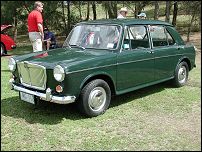
Other Versions of the 1100
In 1952 the companies behind the Morris, MG, Wolseley, Riley and Austin marques merged to form the British Motor Corporation. This was beneficial to all parties involved due to the savings of shared resources, but in order to satisfy the brand loyal buyers of the individual marques, new BMC models were usually released with a superficially customised version for each marque, a practice which has become widely known as "Badge Engineering".
The Morris 1100 was originally released in England (August 1962) and shortly after, the MG 1100 version was offered featuring a twin-carb engine in keeping with MG's sportscar heritage. The Austin 1100 version followed in 1963. With the volume sellers established, BMC released and the aristocratic leather and walnut trimmed Vanden Plas Princess 1100 and finally, in 1965, the upmarket Wolseley and Riley versions.
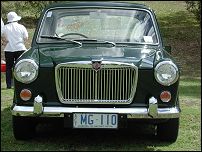 |
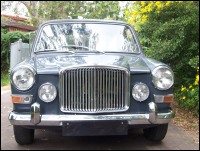 |
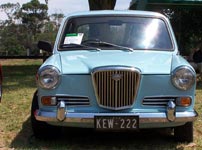 |
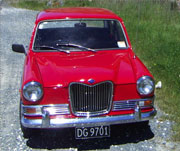 |
Each version had special frontal styling incorporating the marque's traditional grille and lighting arrangements. The Morris version had a unique fascia panel, which actually had a distinct resemblance to the Austin A40 Farina.
The MG, Austin and Wolseley had similar fascias with new style "ribbon" speedometers. The Princess had two round dials, the Riley three with the addition of a tachometer.
The story was a little different in Australia where, in the 1960s, Holden enjoyed a 50% market share. In this market, loyalty was a choice between Holden, British, European or Japanese cars rather than between specific British marques and as such our 1800 was an Austin, our Mini and our 1100 were both Morrises. |
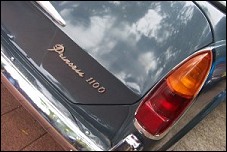
The Vanden Plas Princess 1100 was officially available though BMC Australia but only a handful of sales were actually made - many to BMC dealers. Privately imported cars account for around 60 MG 1100s, and a similar number of Princess, Austin, Wolseley and Rileys combined that have made it to Australia.
